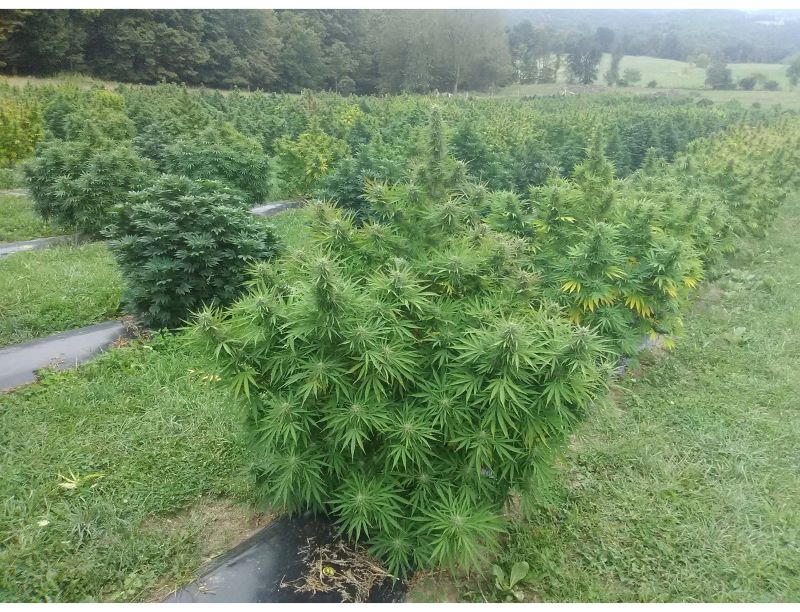
April 5, 2021 | Montpelier, VT - Compliance with the Vermont Hemp Rules (VHR) begins with registration. Additionally, the VHR includes the required tests for compliance with contaminant thresholds established in the Cannabis Quality Control Program. These required analytical tests include detection of harmful pesticides in certain instances. But testing for pesticides is not the only step in producing a safe hemp product or hemp-infused product. It starts with being aware of and using good farming practices, either regulatory or non-regulatory.
When faced with pest pressures and choosing a pesticide a grower must be aware of the regulations that apply, both state of Vermont pesticide regulations and US Environmental Protection Agency (EPA) regulations. Although there are currently no pesticides that list hemp as an allowed application site on the label, as of the writing of this article the EPA has approved 56 biopesticides and one conventional pesticide that can be used on hemp. These products are also required to be registered for use in Vermont prior to be offered for sale in the state. These regulations are in place to protect the hemp crops, workers on the farm, and the environment.
The Worker Protection Standard (WPS) regulations apply as soon as one uses a pesticide on an agricultural crop whose label contains “Agricultural Use Requirements” that reference WPS. If this is the case, all WPS requirements will need to be met each time that pesticide is used, which include employer provided pesticide safety, application and hazard information, pesticide safety training, decontamination supplies, and emergency assistance if needed.
The pesticide safety, application and hazard information includes posting at a central location the facts about what pesticide was applied, where, when, and how long workers must stay out of the treated area(s). It also includes a requirement to supply Safety Data Sheets (SDSs) for each product applied so specific health effects can be known. The pesticide safety training must be done annually before any workers start work in any area that has been treated with a WPS-labeled pesticide. It consists of pre-approved oral or written materials or videos available online via YouTube. The training must be conducted by a properly trained trainer, which may mean an employee becomes a certified pesticide applicator.
The Worker Protection Standard also requires the employer provide workers with supplies for decontaminating themselves in the case of a pesticide exposure, including such materials as water, soap, and single-use towels. If a worker has been exposed to pesticides on the hemp farm and requires emergency assistance, the employer must assist in transportation to an appropriate emergency medical facility and provide information about the possible pesticide involved.
The Agency of Agriculture, Food & Markets is very interested in helping you comply with these complex regulations, so feel free to contact us for help before we conduct an inspection and find shortcomings.
For a list of pesticide products approved by EPA for use on hemp, search online for “hemp approved pesticides” and confirm that you are visiting an EPA.gov website.
https://www.epa.gov/pesticide-registration/pesticide-products-registere…
For more information on pesticide use on hemp, search online for “Vermont Hemp Pesticide Guidance,” check that you are visiting a Vermont Agency of Agriculture, Food & Markets website, and scroll down to “Pesticide Guidance.”
For information about the Worker Protection Standard, search online for “Pesticide Educational Resources Collaborative” and click on http://pesticideresources.org/
For information on becoming a certified pesticide applicator in Vermont, contact anne.macmillan@vermont.gov.
For information on pesticide regulations or WPS help, contact matthew.wood@vermont.gov or 802-318-1383.

